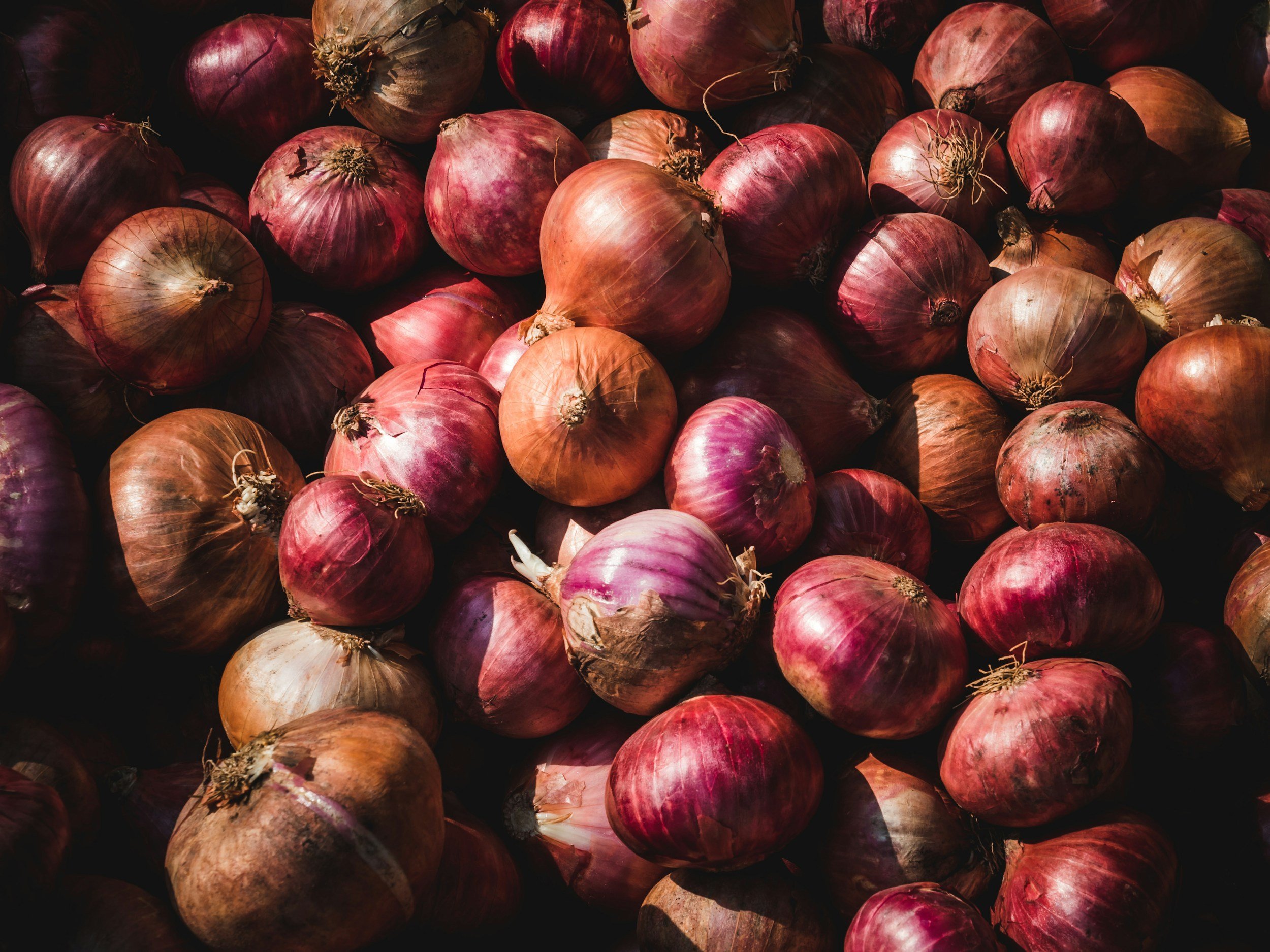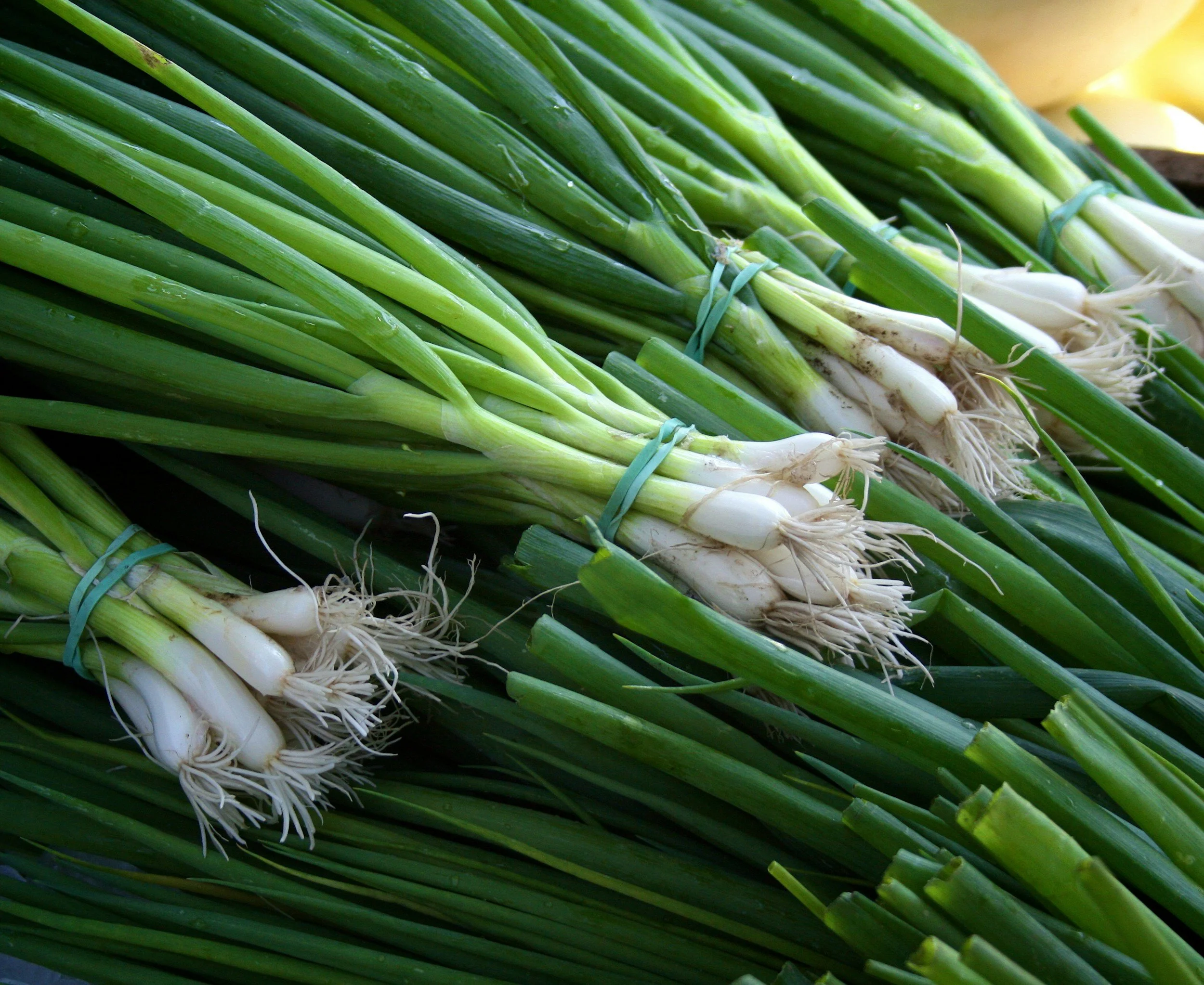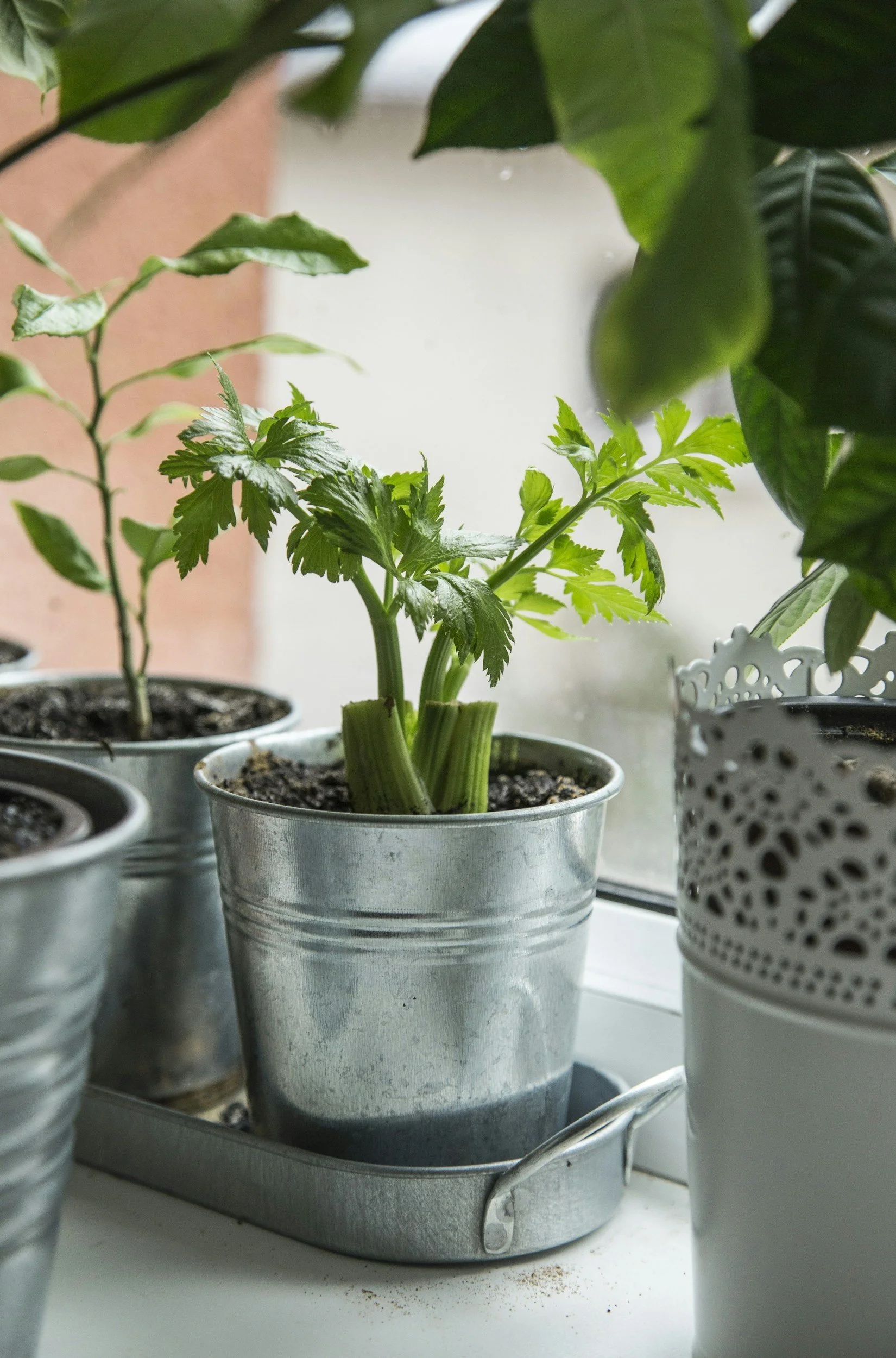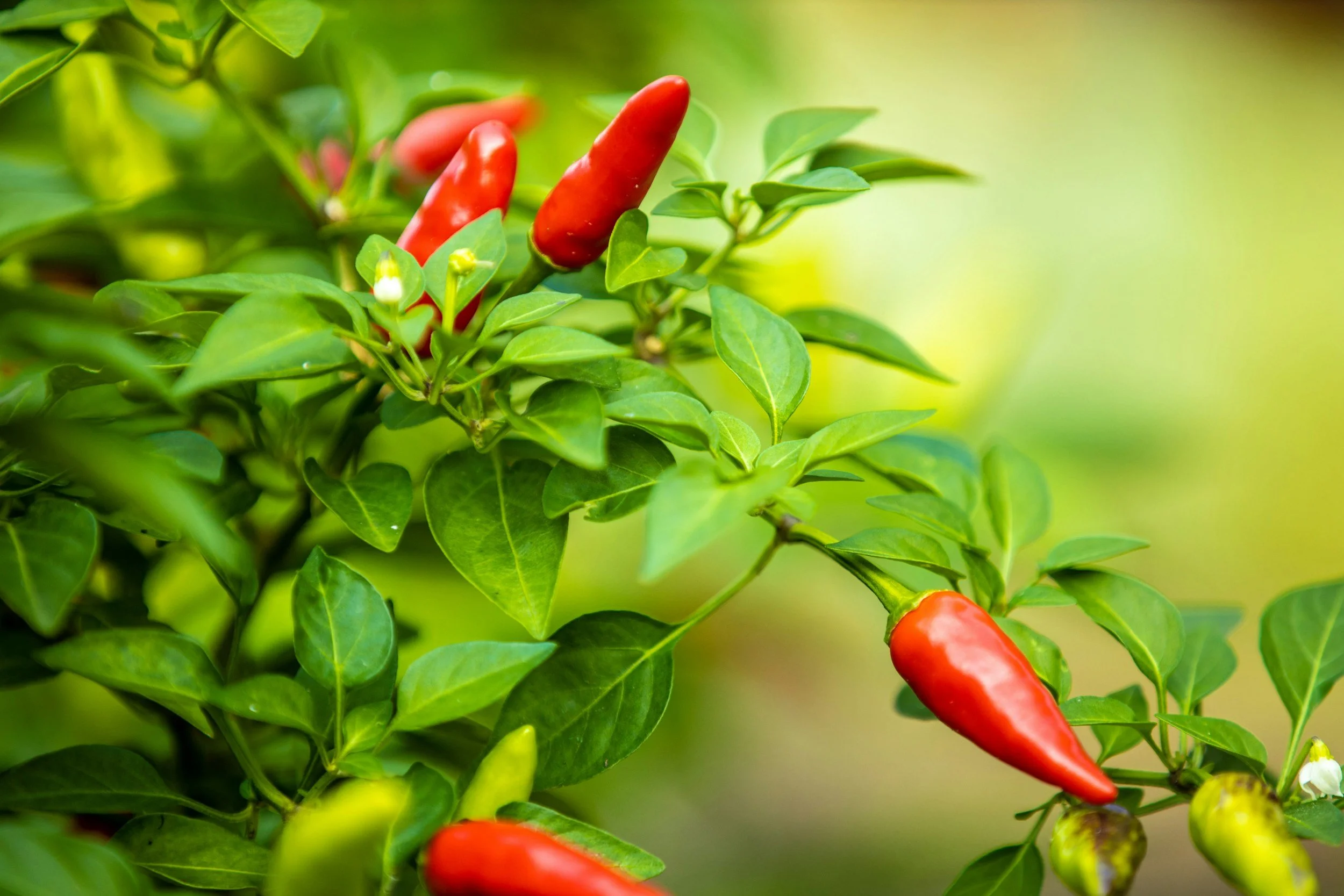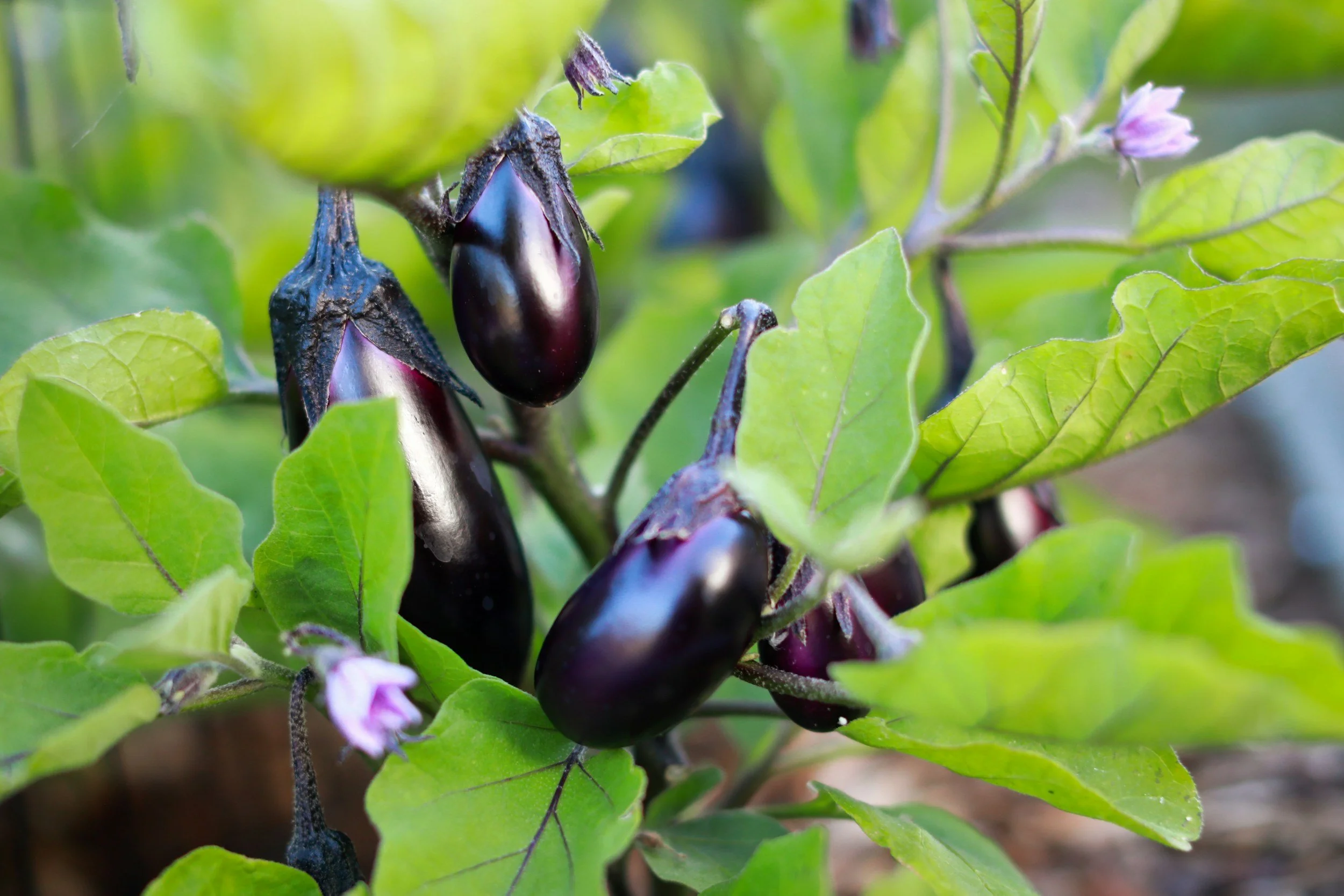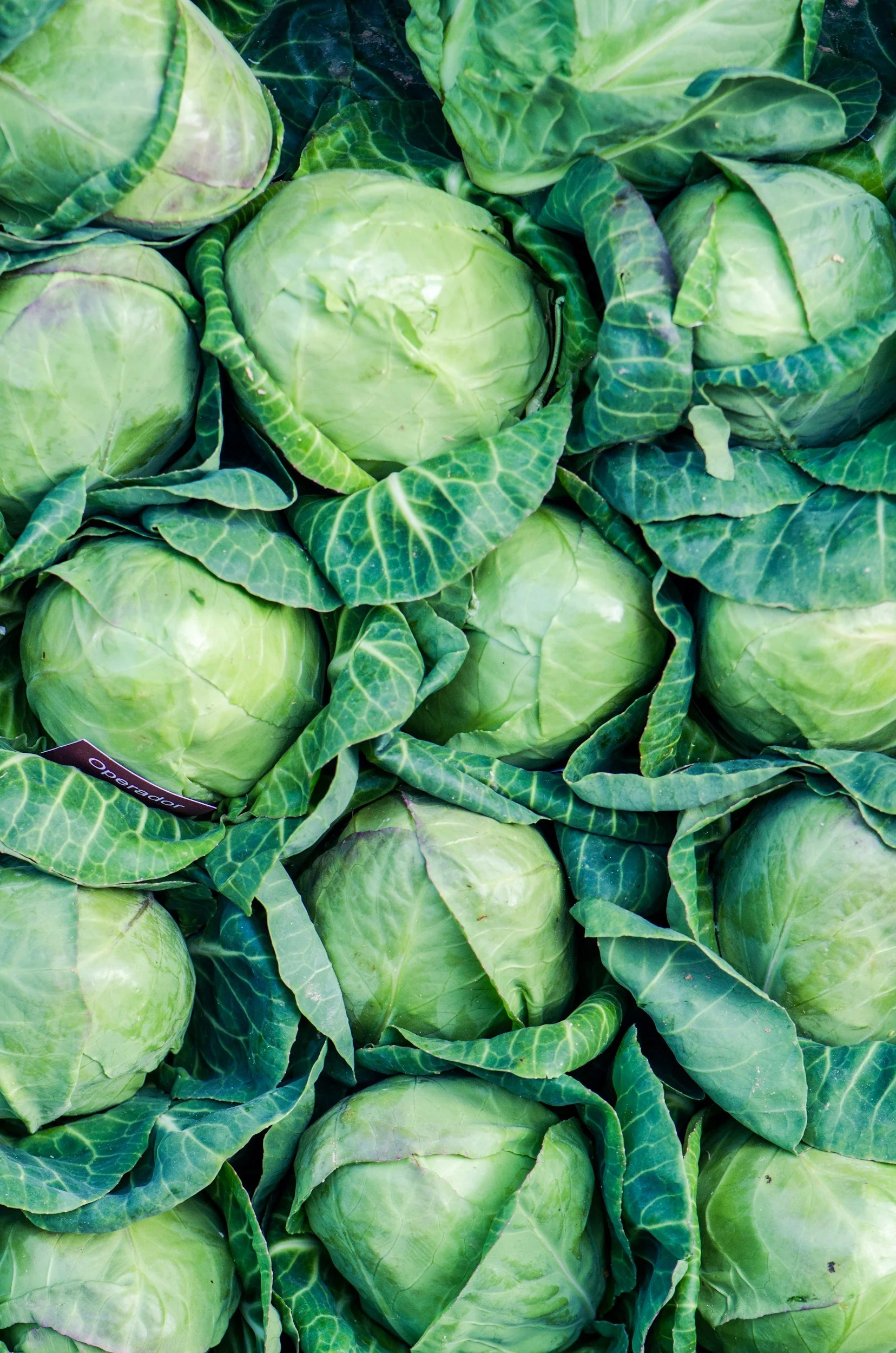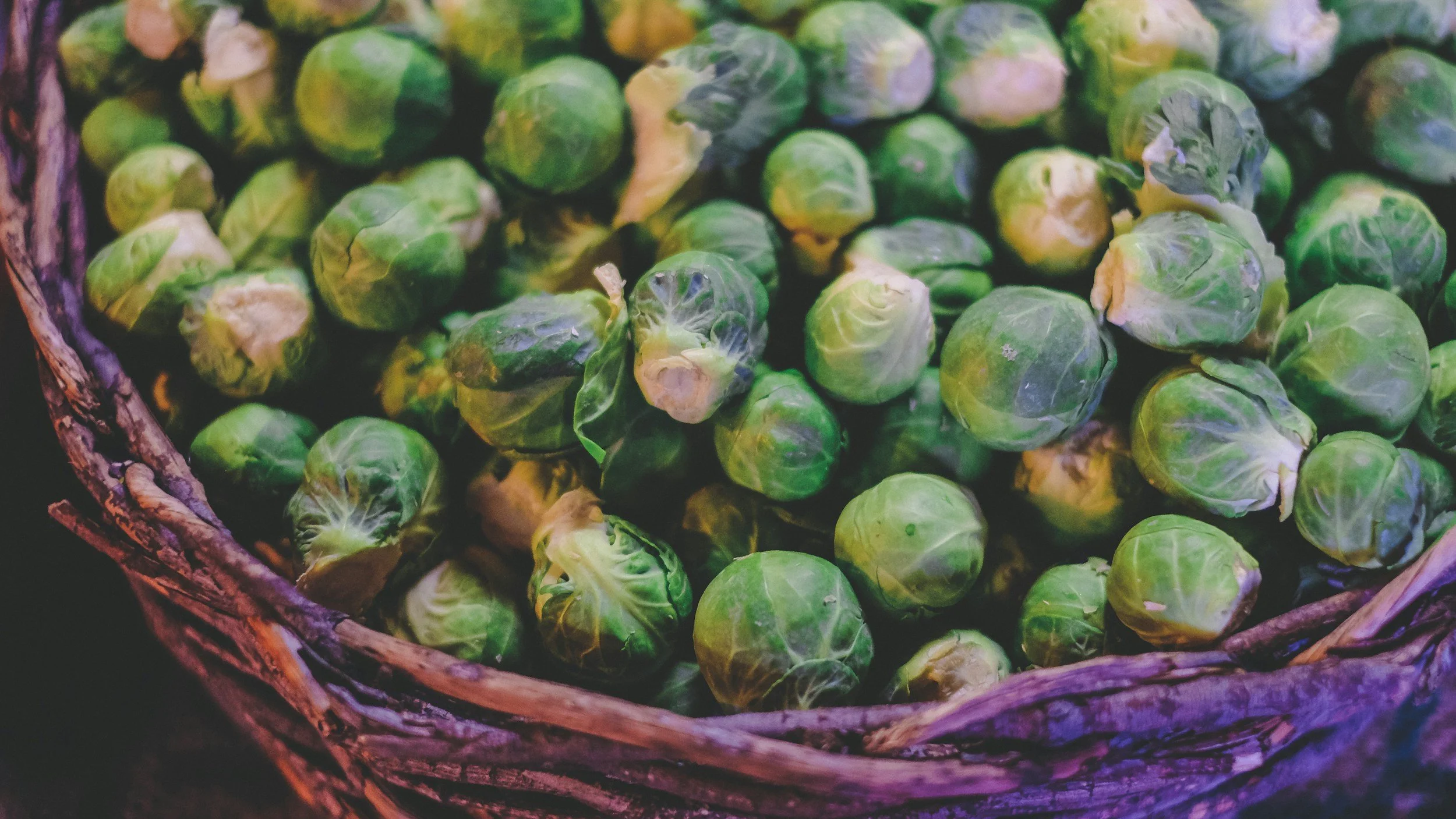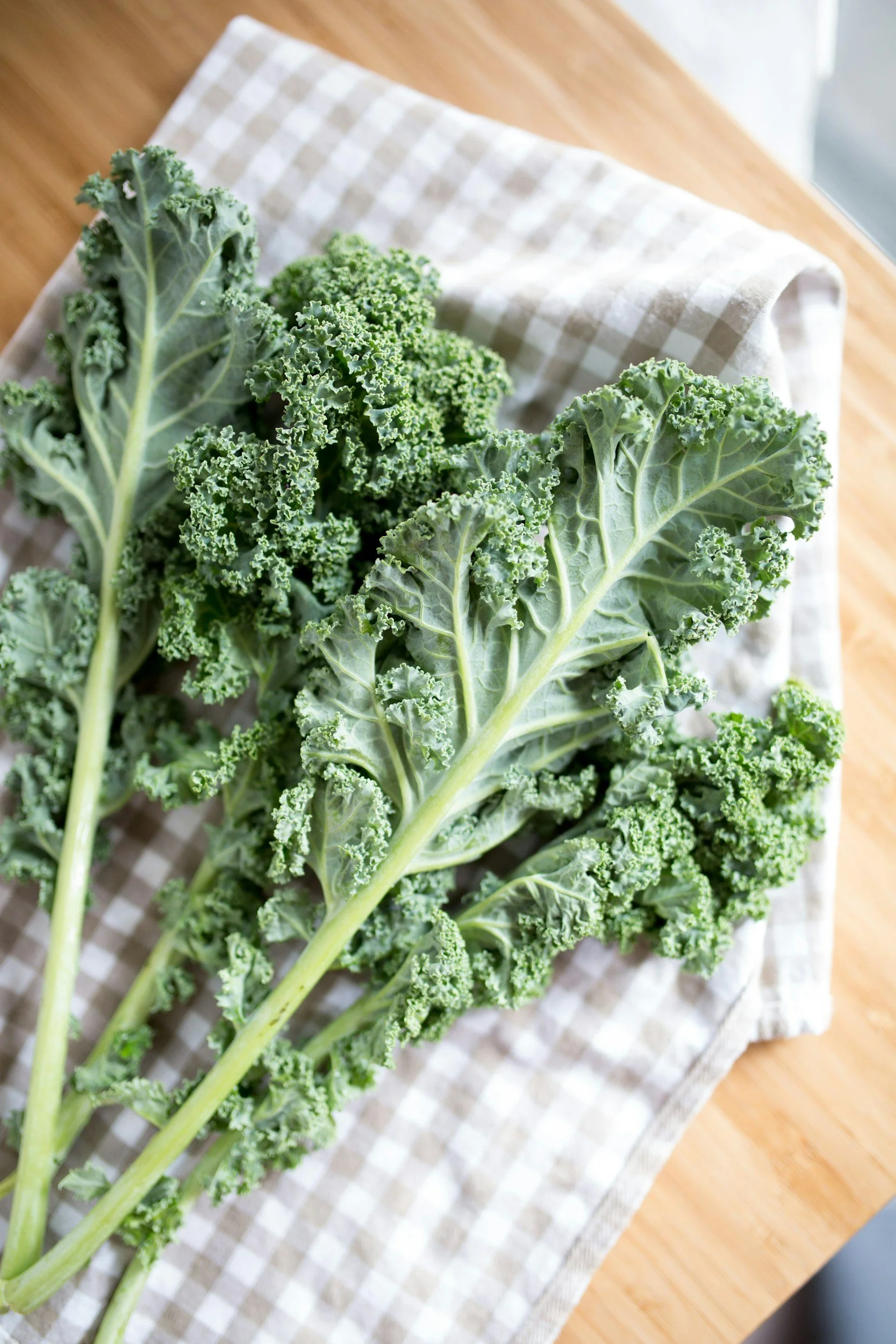Hudson Valley Planting Guide: What to Start in February for a Bountiful Harvest
This blog contains Amazon affiliate links, which means we may earn a small commission if you make a purchase through them—at no extra cost to you. These commissions help keep the blog running and the tips coming. Thanks for your support!
If you’re dreaming of a backyard bursting with fresh veggies, February is the time to get started—at least indoors. While the Hudson Valley is still a frozen tundra this time of year, there’s plenty you can do to prepare for a thriving garden.
Starting seeds early is the secret weapon for Hudson Valley gardeners. With our short growing season and unpredictable frosts, giving your plants a head start indoors ensures a strong, healthy crop when it's finally safe to plant outside.
In this guide, we’ll cover eight vegetables you can start in February, plus expert tips on care, transplanting, and harvesting. Get ready to dig in (figuratively… for now).
Starting Seeds in February - What do you need?
With the Hudson Valley’s last frost date hovering around mid-May, many crops don’t have enough time to reach maturity if you plant them directly outside. By starting seeds indoors, you’ll:
Extend the growing season
Grow stronger, healthier plants
Enjoy an earlier harvest (because who wants to wait until August for a tomato?)
Checklist
Seeds – Choose vegetable varieties suited for early indoor starts
Seed Starting Trays or Containers – Use seedling trays with cells, biodegradable pots, or even recycled containers with drainage holes.
Seed Starting Mix (Not Regular Potting Soil!) – A light, fluffy, well-draining seed-starting mix helps seeds germinate and develop strong roots.
Grow Lights (LED or Fluorescent) – Seedlings need 12-16 hours of bright light daily to prevent weak, leggy growth. Regular windowsills won’t provide enough light in February.
Heat Mat (Optional but Helpful) – Maintains the optimal soil temperature for germination (75-85°F for peppers and eggplant, 65-75°F for most others).
Humidity Dome or Clear Plastic Cover – Traps moisture and keeps soil evenly humid for better seed germination.
Spray Bottle or Gentle Watering Can – Keeps soil moist without overwatering or disturbing delicate seeds.
Fertilizer (Diluted Liquid or Organic Granules) – Once seedlings develop their first true leaves, feed them with a half-strength liquid fertilizer every 2 weeks.
Oscillating Fan or Good Air Circulation – Prevents mold, strengthens stems, and helps simulate outdoor conditions.
Labels or Plant Markers – Keep track of what you planted and when. (Because forgetting which tiny green sprout is which happens more often than you think!)
Notebook or Garden Planner – Track germination rates, transplant dates, and growing conditions for future reference.
Shelf or Growing Rack (Optional but Useful) – Helps organize multiple seed trays under grow lights while maximizing space.
Vegetables to Start Indoors in February
1. Onions (Start Indoors: Early February | Transplant: April)
Varieties: Yellow, red, white, sweet onions
Onions need a long growing season, which means starting from seed in early February. You can also plant onion sets later, but seeds allow for more variety and often grow bigger, better bulbs.
Care Tips:
Use shallow seed trays with well-draining soil.
Keep under grow lights for 12-16 hours/day to prevent weak, leggy growth.
Trim tops to 4 inches to encourage stronger root growth.
Transplant outdoors in April, when the soil is workable.
Harvest: Late July to August
2. Leeks (Start Indoors: Early February | Transplant: April-May)
Varieties: King Richard, American Flag
Leeks, like onions, take a long time to grow. They’re cold-hardy and can be planted outside early, so don’t delay getting them started.
Care Tips:
Plant in deep containers to encourage long, white stalks.
Transplant into trenches and hill up soil around them as they grow.
Harvest: Late summer through fall
3. Celery (Start Indoors: Mid-February | Transplant: May)
Varieties: Tango, Utah 52-70
Celery is a slow-grower that needs a long season and plenty of water.
Care Tips:
Celery seeds take up to 3 weeks to germinate, so be patient!
Keep the soil moist but not waterlogged.
Needs consistent cool temperatures (65-70°F) for best growth.
Harden off for two weeks before transplanting.
Harvest: Late summer through fall
4. Peppers (Start Indoors: Late February | Transplant: Late May-June)
Varieties: Bell peppers, jalapeños, habaneros
Peppers are heat lovers, and the Hudson Valley isn’t known for its early warm weather. Starting them indoors in late February ensures a strong start.
Care Tips:
Use heat mats to keep the soil 75-85°F for germination.
Grow in deep pots (at least 4 inches) to develop strong roots.
Don’t transplant until nights stay above 50°F.
Harvest: July through September
5. Eggplant (Start Indoors: Late February | Transplant: Late May-June)
Varieties: Black Beauty, Ichiban
Eggplants need warm temperatures and at least 100 days to fully mature, making early starts essential in the Hudson Valley.
Care Tips:
Like peppers, they need heat mats for strong germination.
Provide plenty of light—14-16 hours/day under grow lights.
Transplant into rich, compost-amended soil after the last frost.
Harvest: July through September
6. Cabbage (Start Indoors: Mid-February | Transplant: April-May)
Varieties: Red Acre, Golden Acre
Cabbage is cold-hardy and one of the first crops that can go outside in spring. It’s perfect for an early summer harvest.
Care Tips:
Grow under cool conditions (55-65°F) to prevent bolting.
Space plants 12-18 inches apart to allow for big heads.
Protect young transplants from cabbage moths with row covers.
Harvest: June through July
7. Brussels Sprouts (Start Indoors: Mid-February | Transplant: April-May)
Varieties: Long Island Improved, Jade Cross
Brussels sprouts take over 100 days to mature but taste best after a frost—which means an early start is essential.
Care Tips:
Use deep containers for strong root development.
Space plants at least 18 inches apart for good airflow.
Expect sprouts to taste sweeter after a frost in fall.
Harvest: September through November
8. Kale (Start Indoors: Late February | Transplant: April-May)
Varieties: Lacinato, Red Russian
Kale thrives in cool weather and is one of the easiest crops to grow in the Hudson Valley.
Care Tips:
Start seeds indoors for an early spring crop.
Space plants 12 inches apart to prevent disease.
Kale tastes better after frost, making it a great fall crop as well.
Harvest: May through December
Transplanting: When to Move Seedlings Outdoors
Tip: Always harden off plants for 7-10 days before transplanting. This prevents transplant shock!
Final Thoughts: Get Growing!
Starting your vegetable garden in February may seem early, but if you want big, healthy plants and early harvests, now’s the time to act.
By starting onions, leeks, celery, peppers, eggplants, cabbage, Brussels sprouts, and kale, you’ll get a jumpstart on the season, ensuring earlier and more abundant harvests.
So grab those seed trays, set up your grow lights, and get planting! Your future self (and your taste buds) will thank you come summer.
Happy Planting, Hudson Valley!
Frequently Asked Questions
-
Absolutely! But starting from seed gives you more variety and stronger plants.
-
Yes. A sunny window just isn’t enough in February.
-
Overwatering! Seedlings like moist, not soggy soil.
-
Anywhere between 5 and 21 days
-
Most seeds prefer 65-75°F, but peppers and eggplants need 75-85°F (use a heat mat).
After sprouting: Keep seedlings at 60-70°F during the day and no lower than 50°F at night. -
This usually means they aren’t getting enough light. Seedlings need 12-16 hours of bright light daily—use grow lights placed 1-2 inches above them to prevent stretching.
-
Not right away! Wait until the first true leaves appear (not the initial seed leaves). Use a half-strength liquid fertilizer every 2 weeks to avoid overfeeding.
-
Yes! If you planted multiple seeds in one cell, snip the weaker ones at the base to allow the strongest plant to thrive. Crowded seedlings compete for light and nutrients.
-
It’s not recommended. Old soil can harbor diseases and lack nutrients. Use fresh, sterile seed-starting mix for best results.
-
Too much water? Roots may be drowning—reduce watering.
Too little water? Soil should stay evenly moist.
Too much heat? Move plants away from direct heat sources.
Damping-off disease? Ensure good airflow and avoid overwatering.


